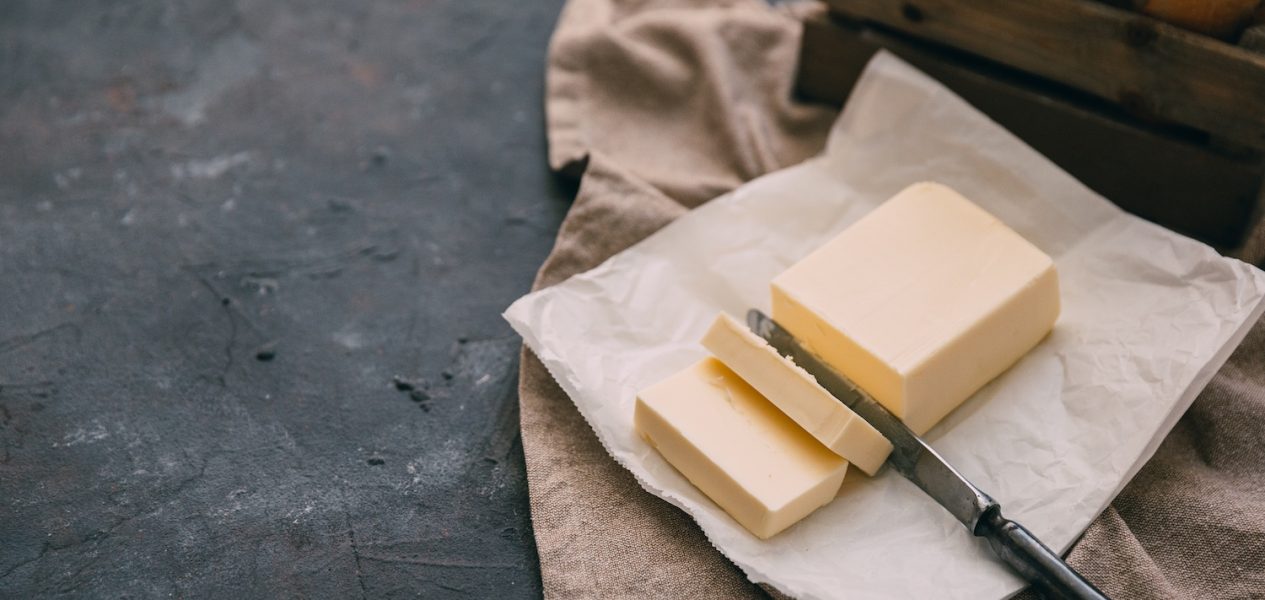Something weird happened on social media this morning. Turns out, there’s been a big stir about the state of butter in Canada. So much so that it’s gotten its own moniker- buttergate. Where did it come from? Where is it going? Let’s find out.
Canadian media sites recently published an opinion article, but not from just anyone. No, this came from one Dr. Sylvain Charlebois, who is part of the Agri-food Analytics Lab at Dalhousie University. Dr. Charlebois has a serious bone to pick with the state of butter in Canada. Why? Because some of it doesn’t spread like it used to.
It also turns out that Dr. Charlebois isn’t the only one who noticed. Calgary-based chef and cookbook author Julie Van Rosendaal has also been making a push into why Canada’s butter is so hard, and she’s gained some major traction.
A lot of people have noticed a change in butter lately.. 2 Saturdays ago I stayed up late reading on butterfat + ruminant digestion- I’ve been speaking w farmers, scientists + people in the dairy industry to understand what’s happening and why ever since. https://t.co/RwoSs9GQPr
— Julie Van Rosendaal (@dinnerwithjulie) February 20, 2021
Changes in the texture of Canadian butter is the #1 story on @BBCWorld right now… https://t.co/74o2YHT8xN
— Julie Van Rosendaal (@dinnerwithjulie) February 23, 2021
Related Posts:
Two Canadian cities land in top 5 most unaffordable housing markets in the world
This award-winning Canadian home for sale is a unique oceanfront getaway
As to why Canada’s butter is seemingly harder, Dr. Charloebois has got an idea. As a result of the increased demand for dairy products in Canada last year, farmers may have upped the use of palm oil to feed their cattle. The palm oil, in turn, creates fatter cows, and more fat products to use.
Unfortunately, this claim is hard to verify, and as recent as last week the Dairy Producers of Canada put out a statement saying they’d look into it.
Dr. Charlebois has good reason to believe it, though. Palm oil creates saturated fat, which has a higher melting point than unsaturated fat. Hence, a probable explanation of why some sticks of butter stay relatively hard at room temperature, while others don’t.
And, there are other ethical concerns, like the production of palm oil in general or its effects on livestock at scale. But, we’re not a public health or ecology journal, so we’ll leave those issues to the big dogs.





